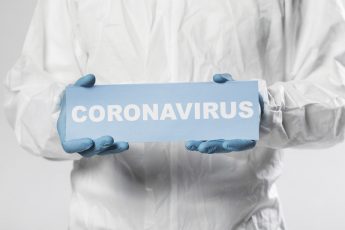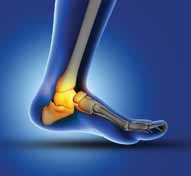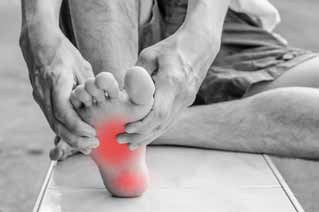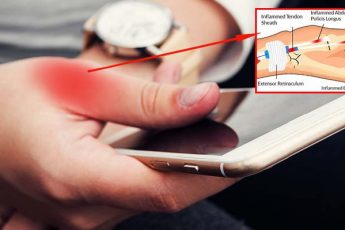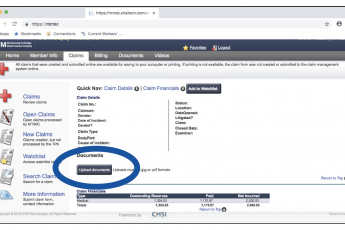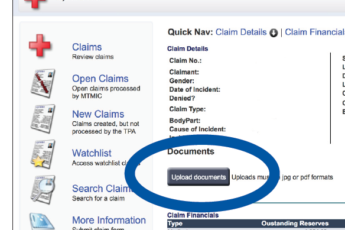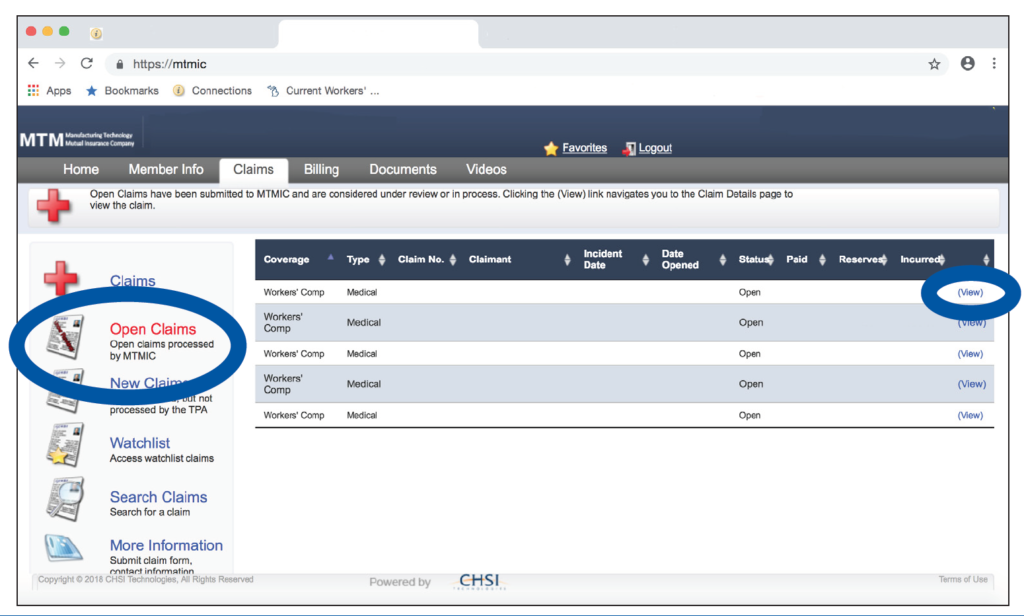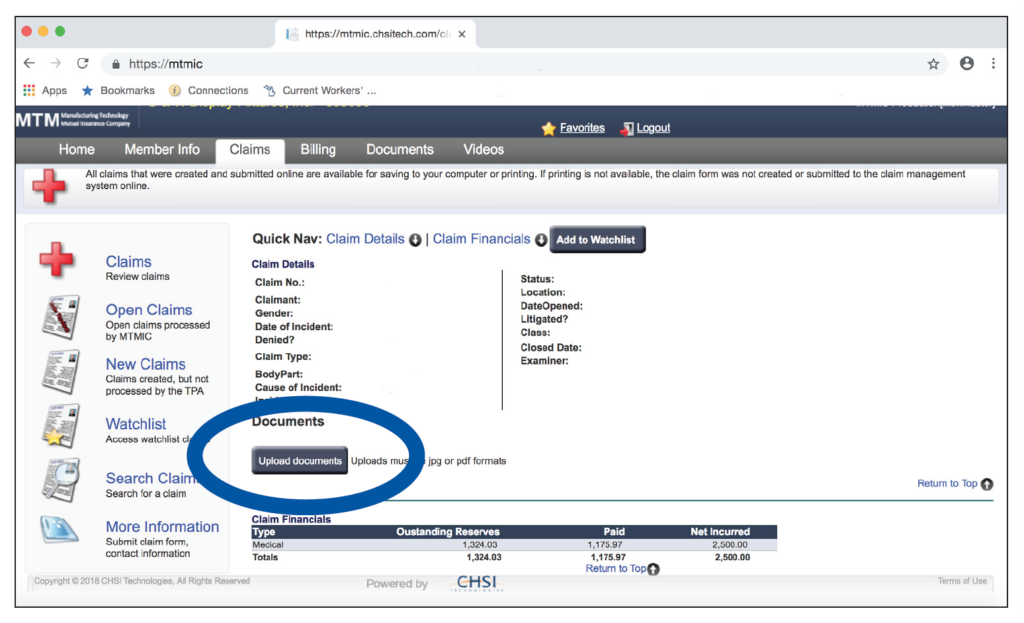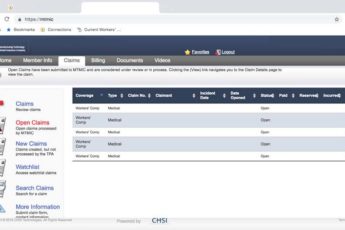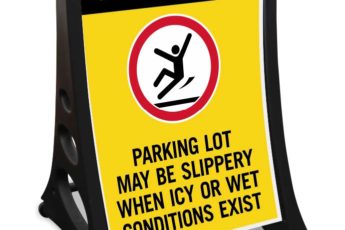By Donna Motley, Vice President of Claims
Statistics indicate 70% to 80% of individuals experience low back pain in their lifetime. I think most likely, everyone has had a sore back at some point in time.Think back to the last time you were working in your yard or garden, washing your car, cleaning your house, playing with your children/grandchildren. Or maybe your sore back is simply the result of an old bed mattress, saggy couch, sitting in one position for too long or driving a long distance. Could be anything.
A sore back can be the result of lifting, pushing, pulling, holding, carrying, throwing, slip/trip with a fall or without a fall, extended leaning, falling from ground level, falling from a height, climbing, bending, crawling, reaching, twisting, stepping, motor vehicle accident and repetitive motions.
(more…)




